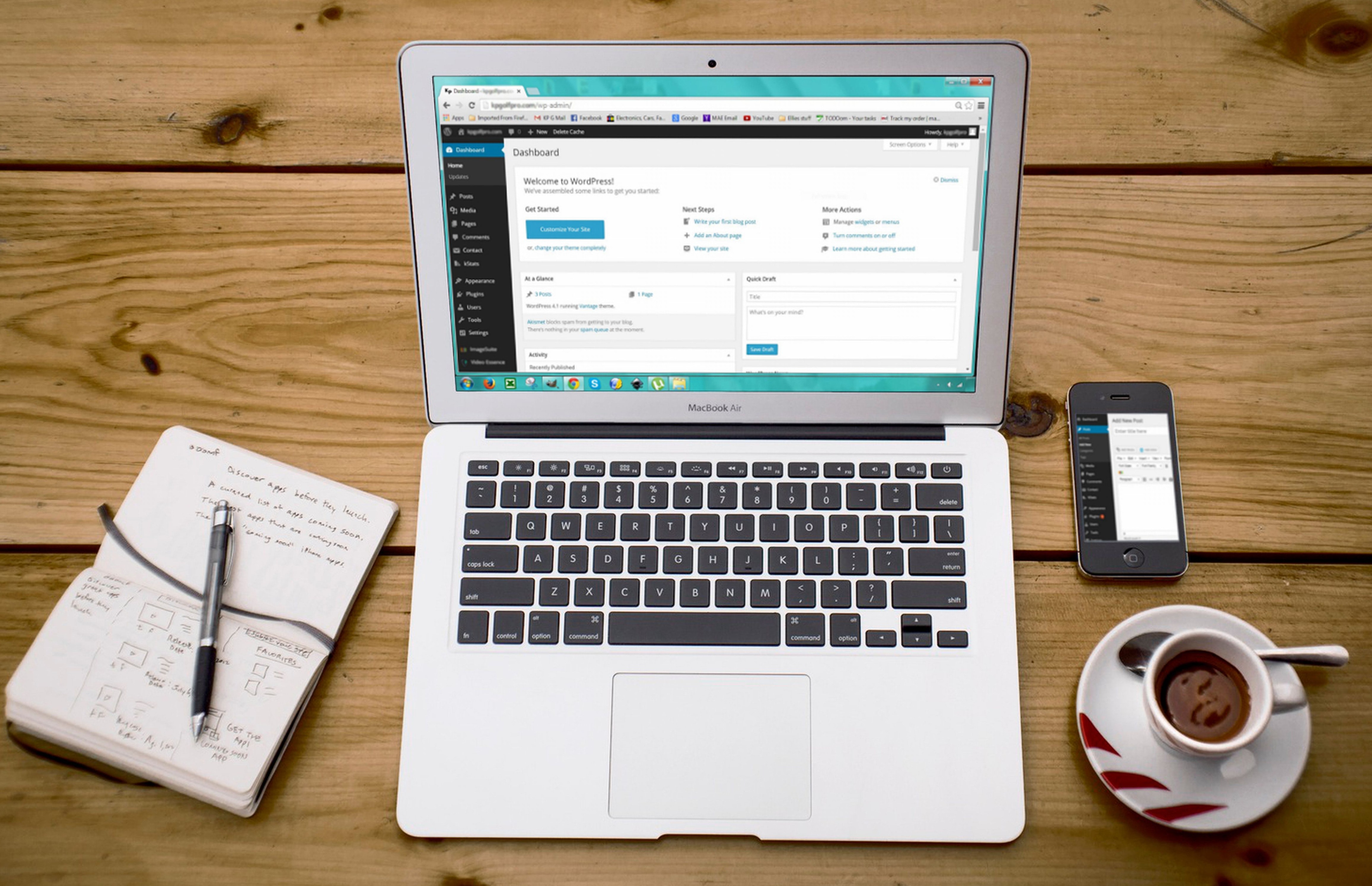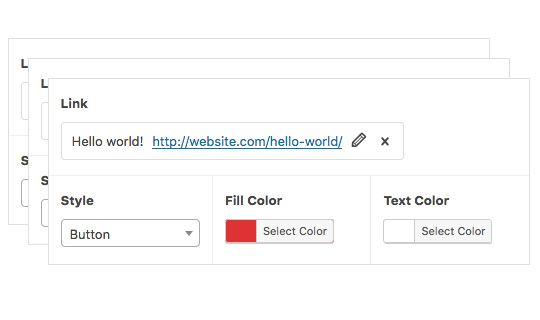What’s the best WordPress page builder?

Why is WordPress so popular among content creators and marketers?
Simply, because when using a page builder they can create, edit, and customize the website layout without writing any code.
When it comes to creating custom content designs and page layouts for WordPress, there are multiple approaches and a page builder is one of the most used.
What is a page builder for WordPress?
A page builder is a WordPress plugin that lets you build and edit grid-based pages, giving you full creative control over how your posts, pages, and other types of content will look in the front end.
What all page builders have in common is that they allow the user to customize the layout based on rows and columns, creating in that way content regions where the editor can then place any available component. Creating the rows, columns and placing the components can be done just by dragging and dropping the elements.
There are 2 types of page builders:
- Page builder themes
-
WordPress themes that are completely built around the page builder functionality. This means that the theme’s layout and not only the content is built using the site builder capabilities.
The best example of a page builder theme is the Divi theme.
- Page builder plugins
- Page builders plugins add page building functionality to your existing WordPress theme, so there’s no need to install a whole new theme.
This also means that the builder plugin can be configured to handle only the page building section and not the whole theme structure.
One important thing about this approach is that not all themes are compatible with some page builders.
What is a component or module?
All WordPress’ page builders come with a set of available components that can be placed anywhere in the layout and can also be reused. Most of them include a list of basic components for free and then the pro versions come with more extensives inventories.
What page builder is the best option?
They all have advantages and disadvantages and in the end everything is a matter of choosing the best one according to the requirements and functionalities of the website that we are creating and according to what our objectives are.
If you are a designer, developer or agency and you are looking for the best option to generate your own design system that allows you to streamline your processes then you should also think about cost, support, documentation, compatibility with other plugins as well as available themes and components.
To narrow down all the page builder options you would find out there, we ask our WordPress Developer experts to define their top 3 favorites site builders:
Number 1 - Divi Builder:
Started as a content editor integrated into Divi Theme, and now it is available as a standalone plugin, but if you are yet to choose it for your WordPress website you could kill two birds with one stone and install the Divi theme.
For our senior WordPress developers the most useful feature Divi has is the ability to save layouts for future use on your site.
- Pros:
-
- Great number of templates available
- Live editing
- Responsive edit views
- Global components
- Can save templates and layouts
- Comes with a Theme
- Cons:
-
- Relies on shortcodes. If you want to stop using Divi builder it will be hard to transfer your content.
- It’s a bit slow when working with long pages
- No popup builder
- Endless customizations, all the options can be overwhelming
Pricing: Starting from $89 per year.
Number 2 - Elementor:
You can start using Elementor page builder for free, or pay for Elemento Pro to access a more feature-rich version of the tool. While installing either version of this plugin gives you access to the same page builder interface, Elementor Pro includes more templates and modules, plus additional features to help you customize all of your WordPress websites.
- Pros:
-
- Compatible with WooCommerce
- Constantly adding new features.
- It's Compatible With All Themes
- The Most Powerful Popup Creator
- PRO Design Layouts for Post Types
- Cons:
-
- No Lifetime Option
- Templates and Blocks are tedious.
- There aren't enough options in the features.
- WEAK Template & Block Library
- 3rd-Party Addons Sometimes Cause Problems
Pricing: Starting from $49 for single site license.
Number 3 - Beaver builder:
Beaver Builder is another popular drag and drop page builder plugin for WordPress. It comes with a large inventory of modules or components like sliders, carousel, backgrounds, content blocks, buttons, and more. It is easy to get familiarized with their interface and get started with their built-in onboarding tour.
One good thing about Beaver builder that we'd like to highlight is the fact that it lets you optimize the website output to improve the performance and page loading speed. You will need to know how to work around the source code or hire a WordPress backend developer to do it for you.
- Pros:
-
- User interface that is easy to use
- Use on unlimited sites (even on the cheapest plan)
- Save modules and rows to reuse globally
- Great support channels available
- Cons:
-
- A little bit expensive
- No “Undo” feature
- You'll often need to buy extra 3rd party features
Pricing: Starting from $99 for Unlimited Sites.
But what if you as a WordPress developer don’t want to give the editors that much flexibility?
Page builders give editors too much control and too many options, and this might be overwhelming for some people. Site owners and editors that are not very tech savvy might sometimes mess up the design or delete site sections and pages when they use the page builder.
In this case it is recommended to go another route and use another approach to build sites in WordPress.
I this case we recommend using Advanced Custom Fields.

This approach allows you to add custom fields to WordPress posts while it simplifies the process for displaying information in the front end of any WordPress site.
On the backend you will be creating meta boxes using pre-selected field types. You can select from 30+ different field types including including media, taxonomies, date pickers, checkboxes, comments and more.
The free edition would suffice in most situations, but the Pro version adds some valuable features that improve the user experience.
Some of the Pro Version features are:
- Repeater fields
- The repeater field allows you to construct a group of sub fields that can be reused over and over.
Any type of field can be used as a sub field, allowing you to easily build and manage highly personalized data. - Gallery field
- For managing a series of images, the gallery field provides a simple and intuitive interface. Adding, editing, and sorting multiple images is easy.
- Flexible content field
- This is the option you need to handle the page layout when using the AFC approach. Build highly personalized content by defining groups of sub fields (layouts) and adding, editing, and reordering them.
- Advance Custom Fields Blocks
- This is a great new functionality that allows developers to create custom components or pieces of content that can be static or dynamic that are rendered server-side using PHP logic.
- Clone fields Functionality
- You can use the clone field to quickly reuse existing fields and field classes.
This field unlocks a more effective workflow for handling field settings thanks to its many versatile settings.
ACF Pricing: Starts at $25 for lifetime use for each site and $100 for unlimited sites.
So, what is the best page builder for WordPress? That is a decision that we help our clients to make on each project. Many factors already mentioned earlier in this post must be taken into consideration. The important, is to make an informed decision that meets the main objectives and requirements of your website.
- WRITTEN BY:Alain Martínez
- POSTED ON:4/19/2021
- TAGS:wordpress page builder wordpress development


